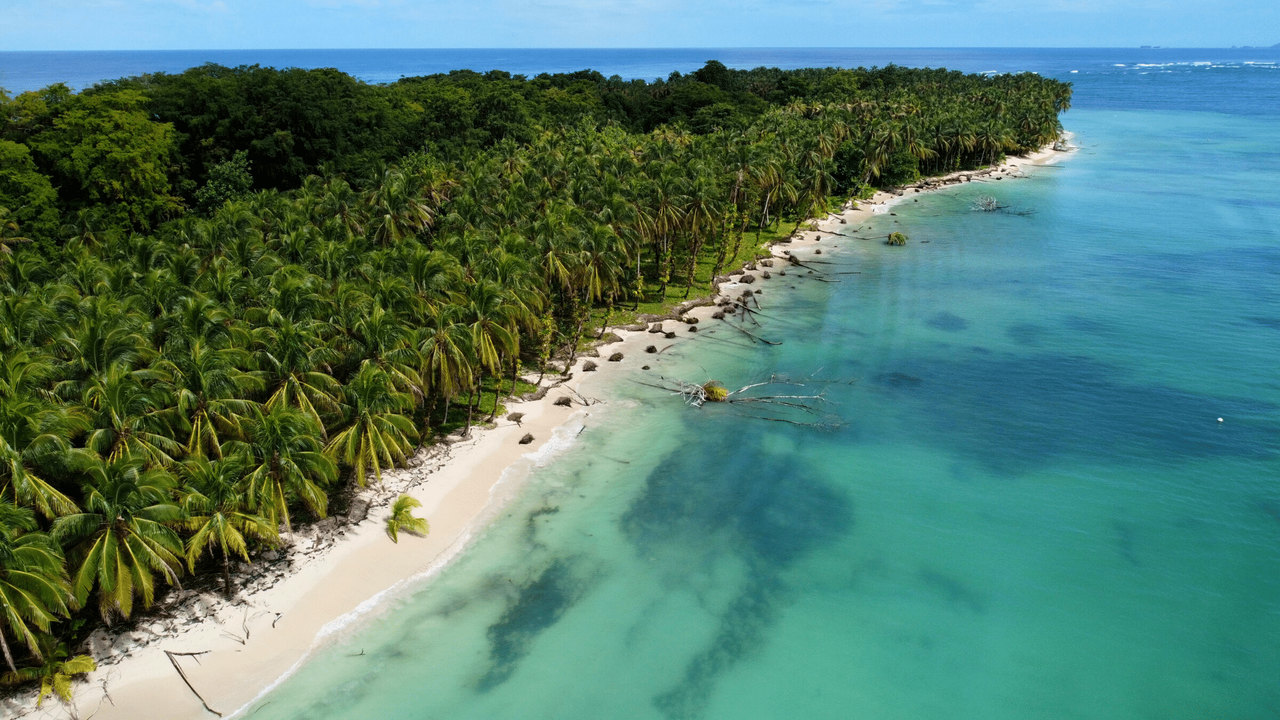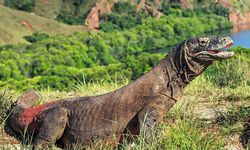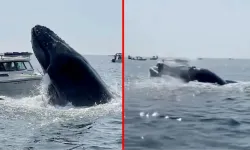An island in the Panama Canal, at the intersection of North America and South America, has been found with a mangrove forest that was destroyed by a volcanic eruption 22 million years ago.
Scientists at the Smithsonian Tropical Research Institute have identified the fossilized remains of trees that once stood at the water's edge on Barro Colorado Island.
A total of 121 preserved wood fragments with their unique characteristics intact were collected.
EXTINCT TREE SPECIES
In addition to rediscovering the long-lost forest, the team also determined that it was composed of a type of tree not seen on Earth today.
The fossils show that a single large volcanic eruption triggered a violent lahar flow of water, mud, ash and rock.
Like wet concrete, a "lahar" flows at incredible speeds and can instantly cover the area it passes through. It leaves no opportunity for the plants and animals it surrounds to decompose.
Add to this the water that seeps into living things and petrifies their tissues, and you get well-preserved fossils. Scientists found the fossils in a stream on Barro Colorado Island.
Researchers wrote that a mangrove forest grew in the area, with trees as high as 40 meters.
Sediment samples show that the forest grew in the area where salt and fresh water met, ideal conditions for mangroves.
NATURAL LIFE WAS DIFFICULT IN THE REGION
The absence of other tree fossils in the area suggests that it would have been difficult for other species to live in this habitat.
The researchers concluded that the ancient species could reach much greater heights than today's mangrove trees.
The scientists named the tree "Sonneratioxylon barrocoloradoensis". The first part is the genus it belongs to, a group that still exists today. The second part of its name indicates where the tree grows, Barro Colorado Island.
The species has some living relatives but only in Southeast Asia. The species is completely extinct in South or Central America.















